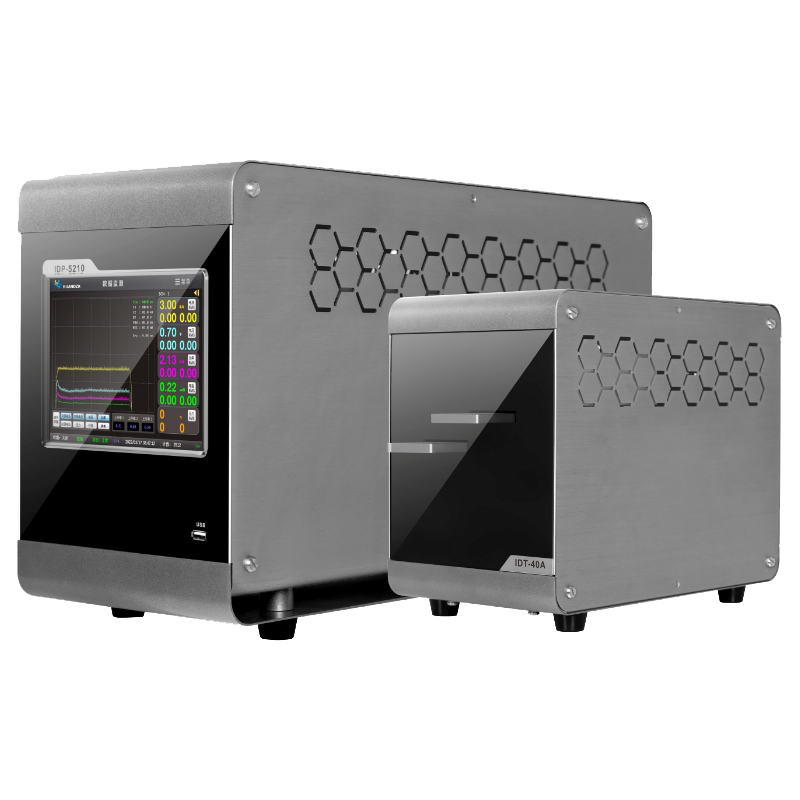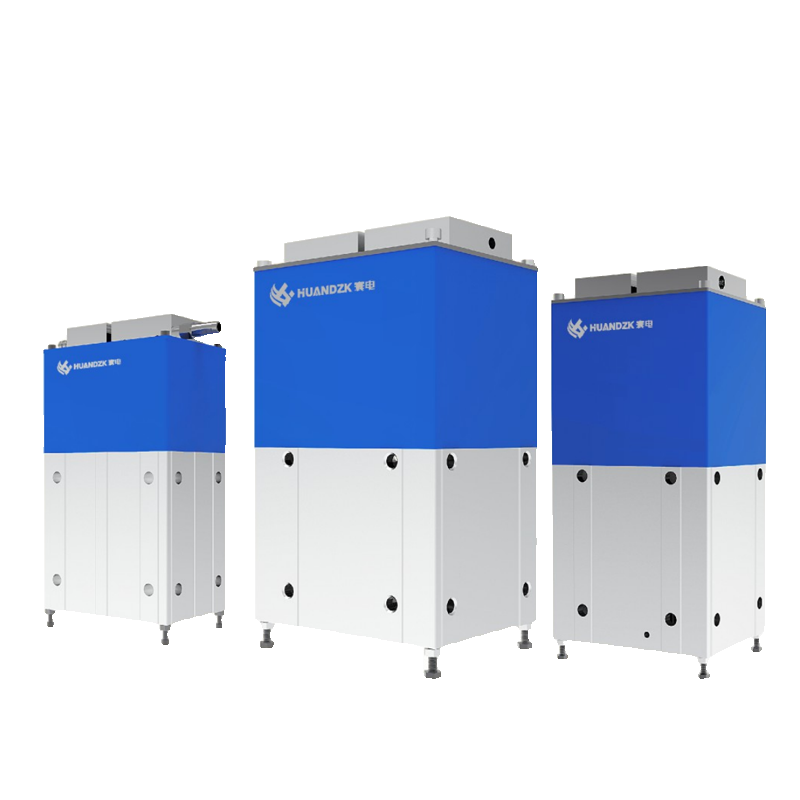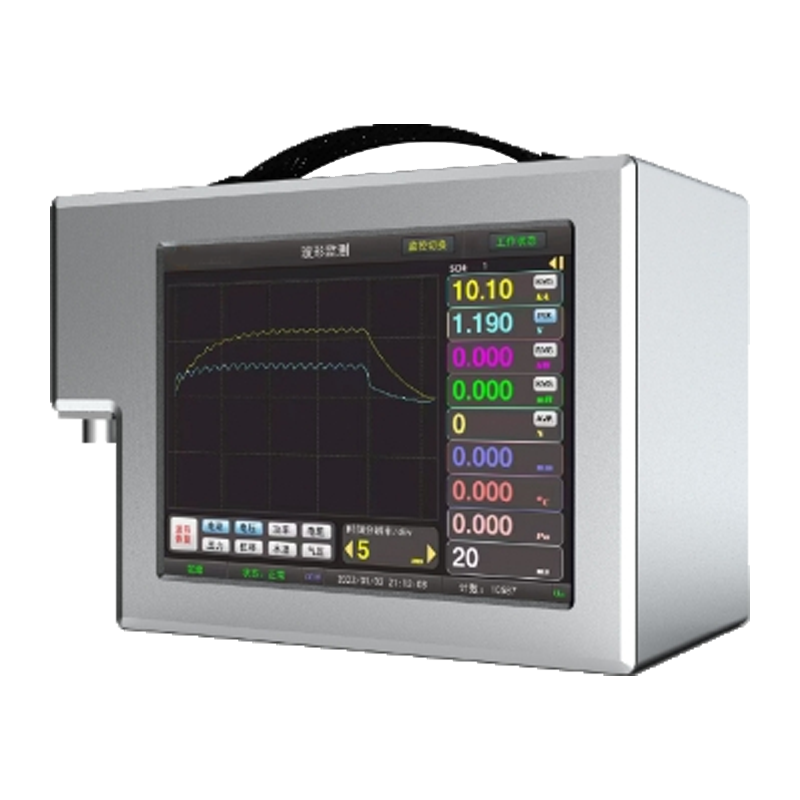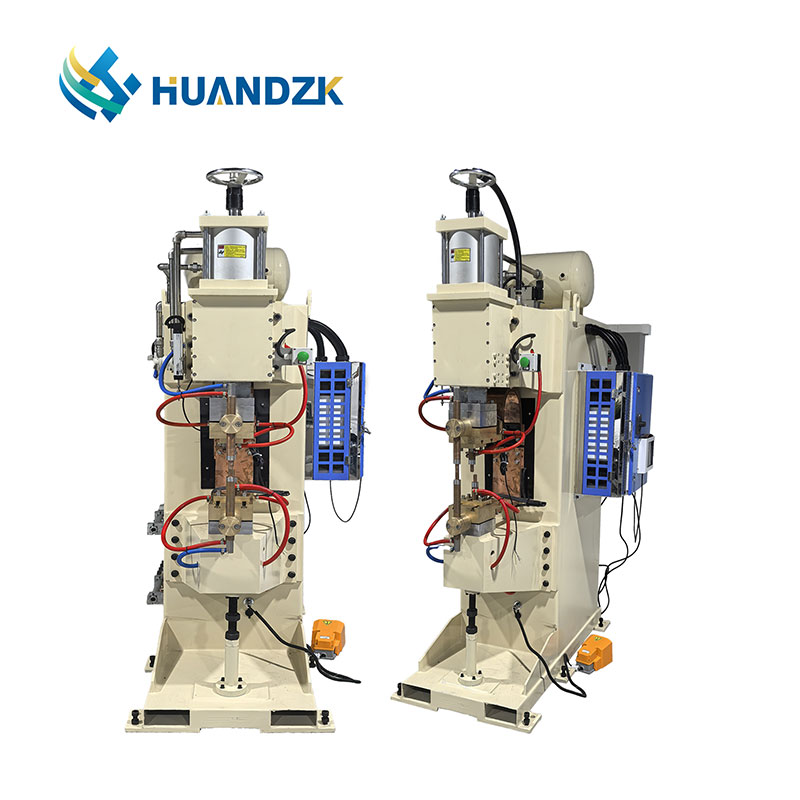In today’s precision-driven industrial landscape, welding quality defines the strength, safety, and performance of final products. Whether in automotive manufacturing, electronics assembly, or heavy machinery production, consistent and accurate welds are essential. This is where advanced HD-400B-all-rounds-comprehensive-welding-monitor.html">welding monitor and welding checker technologies become indispensable. They are the backbone of modern welding quality control, ensuring every joint meets exacting standards through precise data analysis, real-time feedback, and intelligent inspection systems.

1. Welding Monitor – The Core of Real-Time Control
A welding monitor is a digital system designed to record, analyze, and evaluate key welding parameters such as current, voltage, time, and pressure. By continuously monitoring these variables, the welding monitor provides real-time feedback, allowing operators to identify inconsistencies or potential defects instantly. In resistance spot welding, for example, maintaining a stable current and pressure is crucial to ensuring proper nugget formation. Advanced welding monitors detect even the smallest deviations, helping prevent issues like weak welds or expulsion.
Modern welding monitors integrate with automation systems and robotic welders, supporting Industry 4.0 production environments. Through data logging and network connectivity, engineers can review historical welding data, trace quality issues, and optimize welding parameters. This not only ensures top-level welding quality control but also improves productivity and reduces maintenance downtime.
2. Welding Checker – Your Reliable Quality Gatekeeper
A welding checker serves as the next layer of verification, ensuring that welds meet set specifications after the welding process. It evaluates whether the weld current, force, and duration are within defined limits. If the system detects an abnormal value, it triggers an alarm or rejects the defective product automatically. By using a welding checker, manufacturers can significantly reduce rework, scrap rates, and the risk of structural failure.
Many high-end welding checkers include intelligent algorithms capable of distinguishing between acceptable and borderline welds. When combined with a welding monitor, the system forms a comprehensive control loop—monitoring during welding and verifying afterward—thus achieving total welding quality control.
3. Welding Quality Control – The Foundation of Reliable Manufacturing
Implementing rigorous welding quality control is essential for industries that demand high precision and safety standards. Automotive manufacturers, for example, depend on consistent spot welds for the structural integrity of car bodies. Even a single weak weld can compromise crash resistance or long-term durability. With integrated monitoring and checking systems, manufacturers can maintain continuous control over their welding processes, ensuring repeatability and traceability.
Quality control also extends beyond production. Data collected from welding monitors and welding checkers can be analyzed to improve process settings, train operators, and refine machine calibration. The result is a smarter, more efficient manufacturing ecosystem where quality issues are prevented before they occur.
4. Spot Weld Testing – Verifying Joint Strength
While process monitoring ensures parameters are correct, spot weld testing confirms the actual physical strength and integrity of the weld. This can include destructive tests, such as peel or tensile tests, and non-destructive methods like ultrasonic inspection. Modern spot weld testing equipment helps verify whether weld nuggets meet the required size and strength standards without damaging the assembly.
By combining spot weld testing with data from welding monitors, manufacturers gain complete visibility into both process and product quality. This dual assurance approach ensures every weld is reliable, durable, and compliant with international standards.
5. Spot Weld Inspection – From Manual to Smart Automation
Traditional spot weld inspection relied heavily on manual checking and random sampling. However, with today’s smart manufacturing technologies, automated inspection systems equipped with cameras, sensors, and AI algorithms can scan every weld in real time. These systems detect surface abnormalities, incomplete welds, or burn marks instantly, ensuring 100% inspection coverage.
AI-powered spot weld inspection systems can also learn from previous data, improving their accuracy over time. This allows continuous process optimization and guarantees a stable level of product quality across production batches.
6. Building a Complete Welding Quality Ecosystem
By integrating welding monitor, welding checker, welding quality control, spot weld testing, and spot weld inspection into a single workflow, manufacturers can achieve end-to-end welding assurance. Each component plays a vital role: the monitor ensures process stability, the checker validates outputs, testing confirms physical strength, and inspection ensures visual perfection.
Together, these technologies create a closed-loop quality control system that enhances traceability, reduces production costs, and improves overall product reliability.
Conclusion
In an era where precision and performance are non-negotiable, investing in reliable welding monitor, welding checker, welding quality control, spot weld testing, and spot weld inspection solutions is essential. These technologies safeguard the manufacturing process, ensure consistent results, and elevate product quality to international standards. Whether for automotive, aerospace, or electronics applications, smart welding quality control systems are the key to sustainable, efficient, and defect-free production.



























